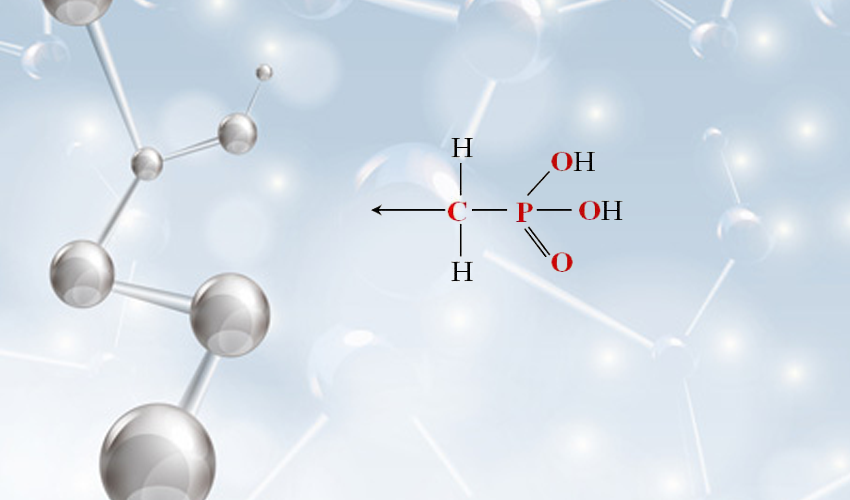flocculant vs coagulant
Understanding the Differences Between Flocculants and Coagulants
In the realm of water treatment, understanding the distinctions between flocculants and coagulants is crucial for effective water management and environmental protection. While both are used to remove contaminants from water, they function differently and serve varying purposes in the treatment process.
What Are Coagulants?
Coagulants are substances that facilitate the aggregation of fine particulates in water. When raw water contains suspended solids, colloids, or large amounts of organic matter, these contaminants are often negatively charged, which prevents them from clumping together. Coagulants are typically positively charged chemicals, such as aluminum sulfate (alum), ferric chloride, or polyaluminum chloride, that neutralize the charges of these fine particles. This neutralization allows the suspended solids to adhere to one another, forming larger clusters known as flocs.
The coagulation process generally involves adding coagulants to water, followed by rapid mixing to ensure thorough distribution. This stage is often referred to as the 'coagulation phase.' As the particles begin to clump together, they form larger aggregates, making it easier to remove them in subsequent stages.
What Are Flocculants?
Flocculants, on the other hand, are substances that aid in the agglomeration of larger flocs formed during the coagulation phase. They are typically high-molecular-weight compounds, often polymers, that can be anionic, cationic, or nonionic based on the nature of the water and contaminants. Their role comes into play after coagulation when the goal is to facilitate the settling or filtration of flocs in the water treatment process.
By bridging the gaps between smaller flocs and helping them join together, flocculants enhance the settling rate of the aggregates. This results in a clearer effluent and reduces the load on subsequent filtration or sedimentation stages. Examples of commonly used flocculants include polyacrylamide and various natural polymers like guar gum.
The Treatment Process Coagulation and Flocculation
To illustrate how coagulants and flocculants work together, consider a typical water treatment process
flocculant vs coagulant

1. Coagulation The first step involves the addition of a coagulant to the raw water. This process aims to neutralize the charge on the particles, enabling them to agglomerate. The water is rapidly mixed to ensure the coagulant is uniformly distributed.
2. Flocculation After coagulation, the water then moves into a flocculation tank where gentle stirring promotes the growth of larger flocs. This step is crucial as it transforms smaller particles into larger aggregates that can be easily removed from the water.
3. Sedimentation The flocs formed are allowed to settle at the bottom of a sedimentation tank. The induced larger size of the flocs, courtesy of the flocculant, allows for efficient settling.
4. Filtration Finally, the remaining water is filtered to remove any remaining particles, resulting in treated water that meets quality standards.
Key Differences Between Coagulants and Flocculants
1. Function Coagulants primarily work by neutralizing charges and enabling particle aggregation, while flocculants enhance the size and settlement of flocs created during coagulation.
2. Chemical Nature Coagulants are often inorganic salts with positive charges, while flocculants are usually high-molecular-weight polymers that can vary in charge.
3. Application Phase Coagulants are added early in the treatment process during the coagulation phase, while flocculants are introduced later during the flocculation phase.
Conclusion
In summary, both coagulants and flocculants are essential components in the treatment of water, each serving distinct yet complementary roles. Understanding their differences is vital for optimizing water treatment processes, enhancing efficiency, and ensuring compliance with environmental regulations. By leveraging both coagulants and flocculants effectively, water treatment facilities can improve the quality of water they provide, ultimately benefiting public health and the environment.
-
Water Treatment with Flocculant Water TreatmentNewsJun.12,2025
-
Polymaleic AnhydrideNewsJun.12,2025
-
Polyaspartic AcidNewsJun.12,2025
-
Enhance Industrial Processes with IsothiazolinonesNewsJun.12,2025
-
Enhance Industrial Processes with PBTCA SolutionsNewsJun.12,2025
-
Dodecyldimethylbenzylammonium Chloride SolutionsNewsJun.12,2025





